The Playstation 4 Event- Part 1: Hardware and Services
By gamer_152 0 Comments
Around these parts there seems to be a good deal of positivity surrounding the Playstation 4 reveal, and that’s great to see. When the gaming community can be so unnecessarily pessimistic and focus too much on the negative, it’s promising that people can still stand up and say “This is something we can really be happy about”. I wish I could feel the same way, I want to, but I find my feelings on the conference far more mixed. I’m not even sure if I can say that it was good overall.
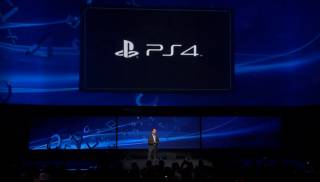
Don’t get me wrong, I thought there was some really cool stuff there, and it can get grating seeing the people who just want something to complain about unreasonably beat Sony into the ground, especially when one of the primary complaints has been “We didn’t see the casing for the PS4 so Sony’s event was shit”. I also understand that, despite the number of people who seem to forget this, media briefings like this one are not just there to make sure I am personally satisfied. There are many different people in the audience to try and appeal to, as well as the press, and many of these events are there for the benefit of the company hosting them, and the companies in tow.
All this being said, I think we’re in danger of dismissing any criticism of the Playstation 4 reveal event as “Snarky cynicism”. I also worry that to some extent we’ve become so used to press conferences being 50% motion control demos and content that we just don’t care about, that we’re willing to give praise to anything that doesn’t do that by default. That’s not to say that anyone’s enjoyment of the event was somehow “invalid”, but I find that it’s when I pull out and see the bigger picture that I feel a little soured about what happened there, so let’s take a look at it.
Hardware
I’m slightly surprised that such a big deal was made about the hardware of the Playstation 4. Not because I think it lacks quality in any way, but more because there are still a lot of things we don't know about it. None the less, even if we can’t take them as 100% representative of the power of the console, the graphics in the demos were very impressive. If it looks this good now, I can’t imagine what things will be like a few years down the line when companies have really gotten good at building games on this hardware. I do however, fall on the side of the argument that thinks the lack of backwards compatibility in the PS4 is a bad thing.
Backwards Compatibility
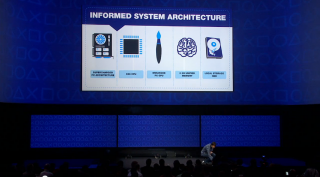
In leaving backwards compatibility out of the console, Sony create three issues. Firstly, it means that users have to switch from one console to another if they want to play their PS3 games, not exactly great in the age of convenience. This issue is only likely to be made worse if the user owns a set-top box, DVD player, or other consoles, as many do, as there are limited ports on a TV, and limited plug sockets in a home. For too many consumers, changing back to your PS3 for whatever purpose may require more than your daily recommended allowance of fiddling with cables.
Secondly, in the past, buying a console has given you the access to not just the library of one console, but two consoles, from day one. For those who hadn’t played the classic games for the GameCube, they could play them with a Wii, for those who hadn’t experienced the games on the Xbox, they could play them with an Xbox 360. This is not the case for the PS4. For anyone who does not own a PS3, they’ll be able to stream PS3 games with a PS4, but I seriously doubt that we’ll see every PS3 game on there from launch, at a price as cheap as a disc copy. This makes it seem like a major step backwards.

Lastly, this kind of thing is very bad for the preservation of our medium. It’s not something that a lot of people talk about, but if you have the time I really recommend checking out The Game Overthinker’s video on this. In short, other mediums like books and movies have seen a large amount of their important work lost because nobody really cared enough about it to properly preserve them at the time, and consequently we’ve lost huge chunks of these art forms. We’ve started to see the same thing happen to video games. The medium is still pretty young, but already arcade machines are dying, games for older consoles are becoming harder to get a hold of, and I’m worried that people won’t care about the abandonment of the hardware to play PS3 games until it’s too late.
Sony haven’t had the greatest history with making their games from one console work on another console, but that doesn’t mean this is an impossible task for them. If you can make PS3 games compatible with the PS Vita, then you can surely make them compatible with the PS4, even if there are some difficulties involved in doing so. Heck, surely it says something that Nintendo, a company often mocked for being technologically behind can easily handle backwards compatibility when Sony cannot. I understand that backwards compatibility is likely to raise the price of the PS4, but even if people don’t want to pay for it, there’s nothing to stop Sony putting out two versions of the console; one that’s backwards compatible and one that’s not.
The Controller
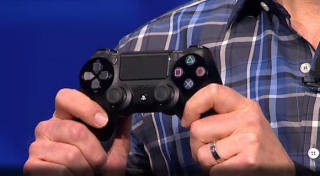
One big question that’s hung over all of the next-gen consoles is where exactly they go next with motion controls, touch devices, and general doodads that have helped bring a more casual audience to video games in the past, especially in the wake of the Wii U. It was rather surprising to see Sony unveil a stereo camera and a new controller with a built-in touchpad, but then not show off any of their functionality. I’d have assumed that they just wanted to keep away from the more “casual” stuff, but then they did have that entire section for the Move. It’s not the biggest disappointment, but it does leave a lot of questions open over how they’re going to use that touchpad in a way that’s better or different from what the Wii U is doing, and suggests it’s not a focal point of their system.
One thing they did show off and I really liked though was the share button. When we first started hearing rumours of it, it seemed like a silly idea, but Sony may have actually hit on something pretty damn special here. Social media is of course important to companies because it turns a large chunk of their audience into their own marketing team who works for free, and is actually enthused to do so. That’s a pretty powerful tool to have. Despite this, one big problem is that many of us don’t care to share everything to Facebook or Twitter or whatever else for the sake of it, and I don’t know about you, but I generally find the way they try to implement social networking features into consoles and games often feels out-of-place and unintuitive.

However, there has been a thriving world of online video and other content, made by complete amateurs, that has both captured the attention of many gamers, and has genuinely helped boost the popularity of games. This is what the share button taps into. How effective and useful that button will be is dependent on how well its implemented, but I’m excited about the potential for one of those times where companies and gamers can mutually benefit each other in a way they both enjoy. Sony have found a way to approach social media that’s much more intelligent than the usual tactic of just duct taping a “Share on Facebook” button to everything.
Other Services
The Vita connectivity, pre-loading, and instant resume, all look like great features. They’re clever and creative uses of the system I just wasn’t expecting. I’m not sure I’m so into the integration of profiles that depict you more as a real person though. I get that they're there to make you feel more connected to your friends and because, well, social media again, but for those who are into games and communicating about games over the internet, there’s a reason we often use aliases and avatars. I’m not entirely sure being able to jack other peoples’ games and complete things for them is fair either, and could involve some serious latency issues, but being able to view other peoples’ games as they play looks like it could be an enjoyable experience. For now, thanks for reading, and next time I'll be talking about the games of the event.
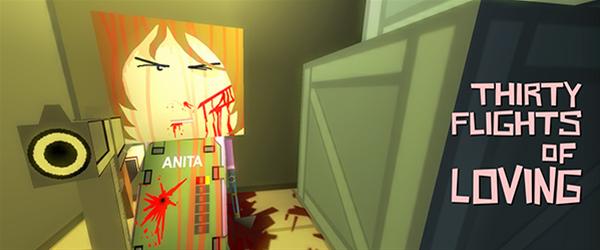
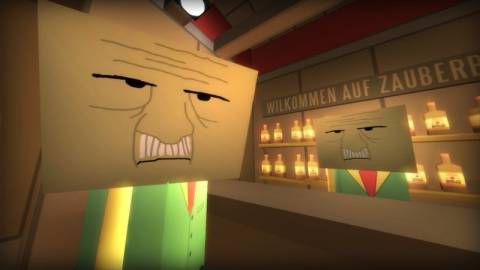
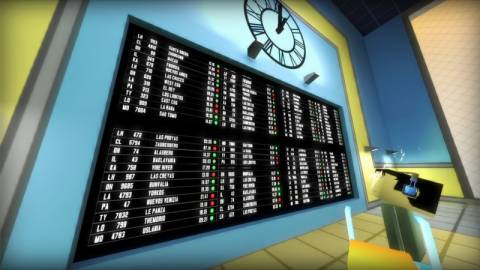
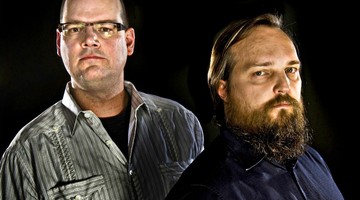
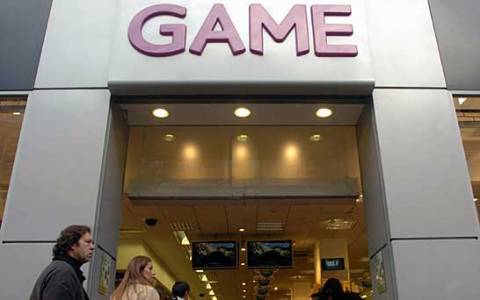
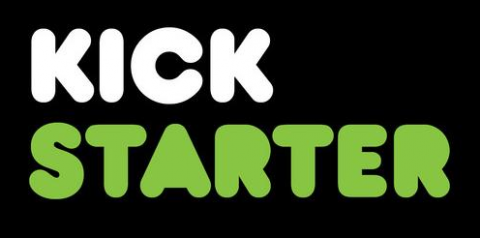
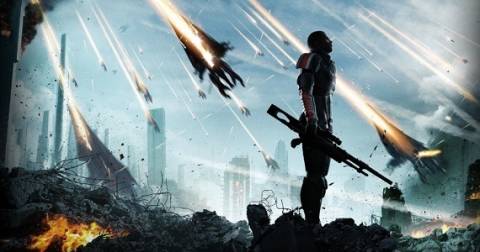
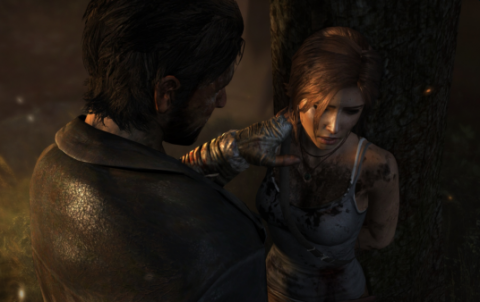
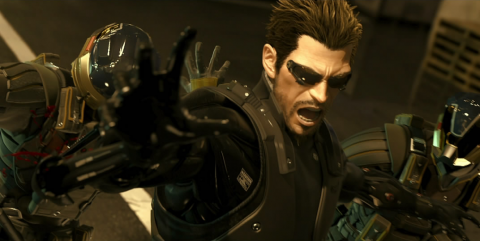
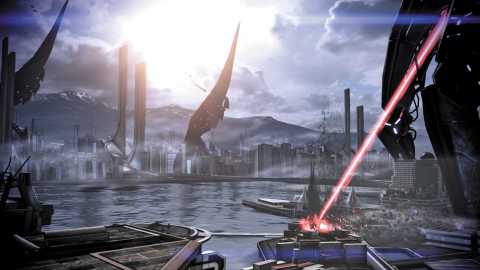
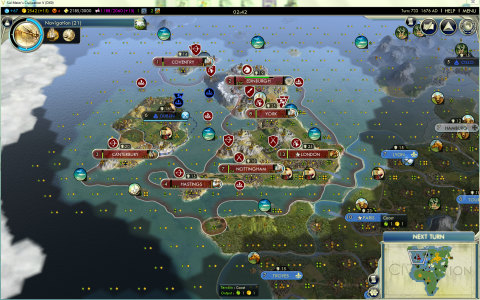
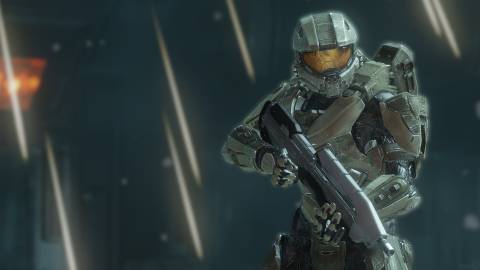
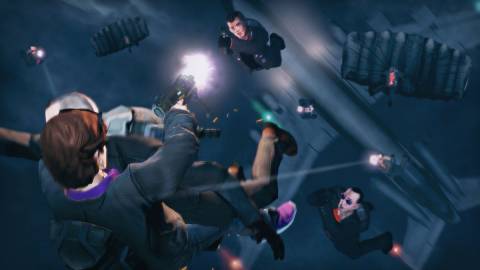
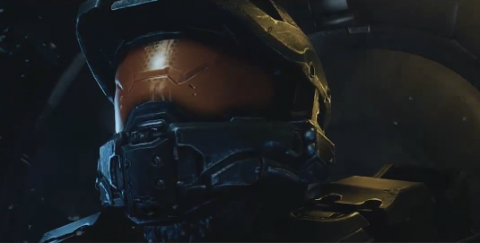
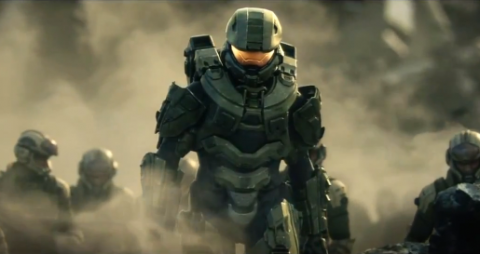
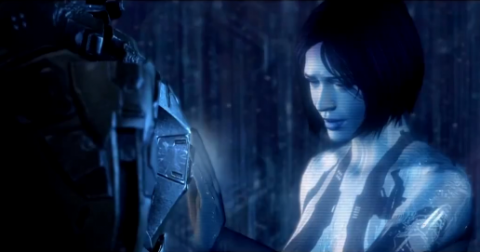
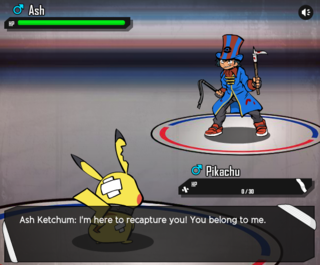
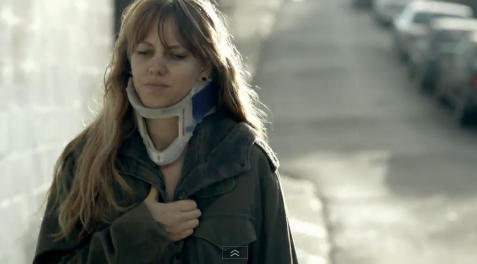



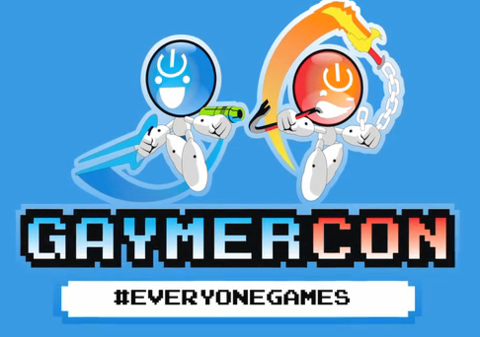
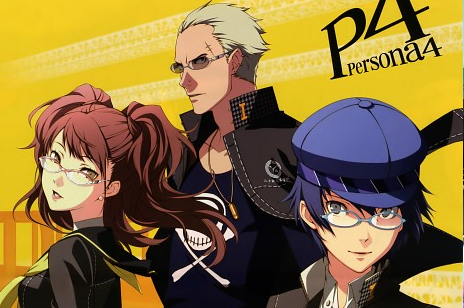
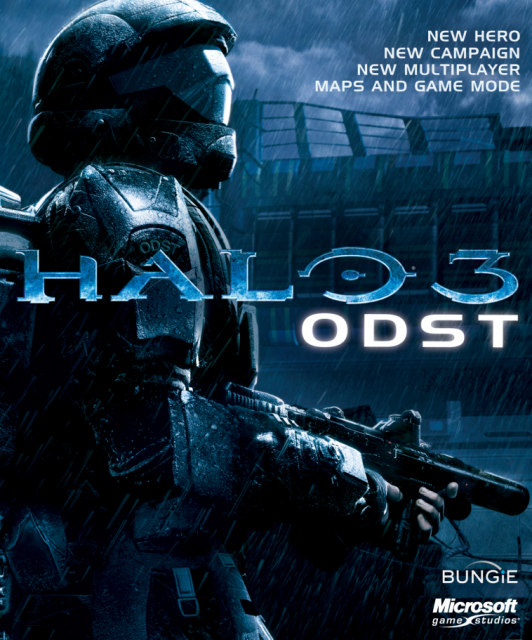
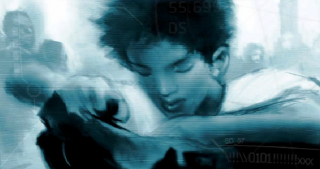
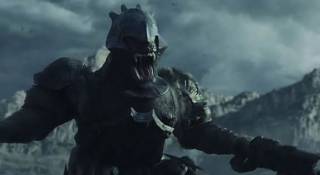
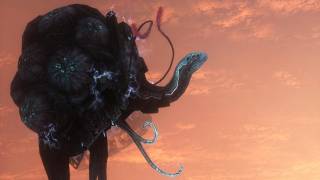
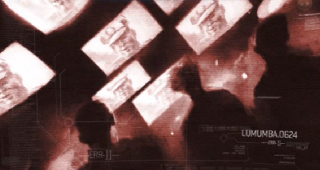
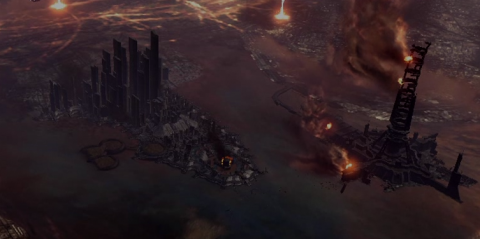
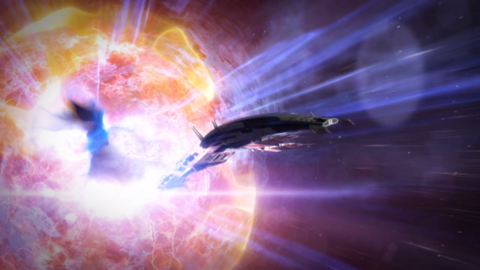
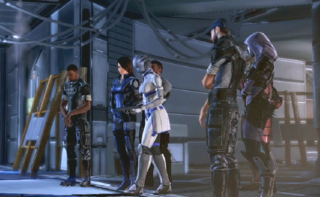
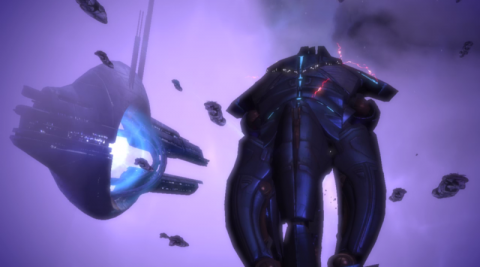
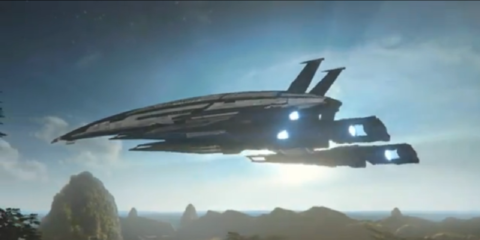
Log in to comment